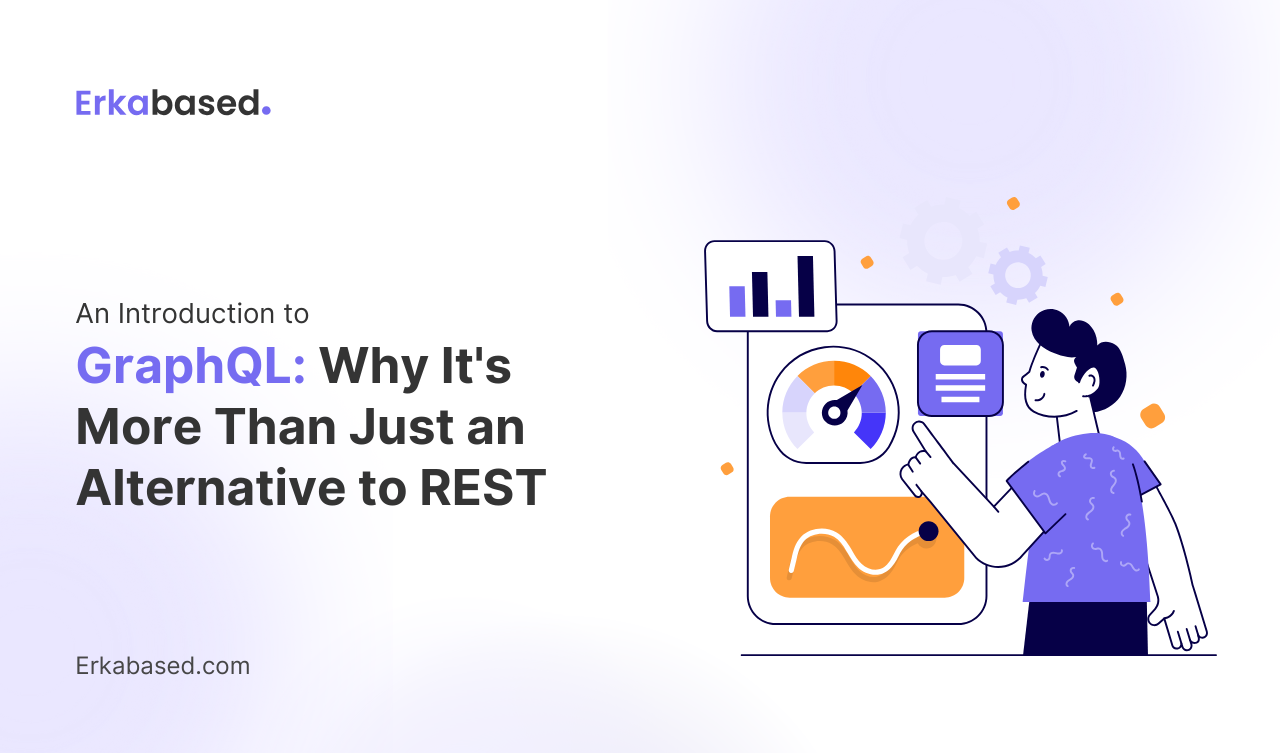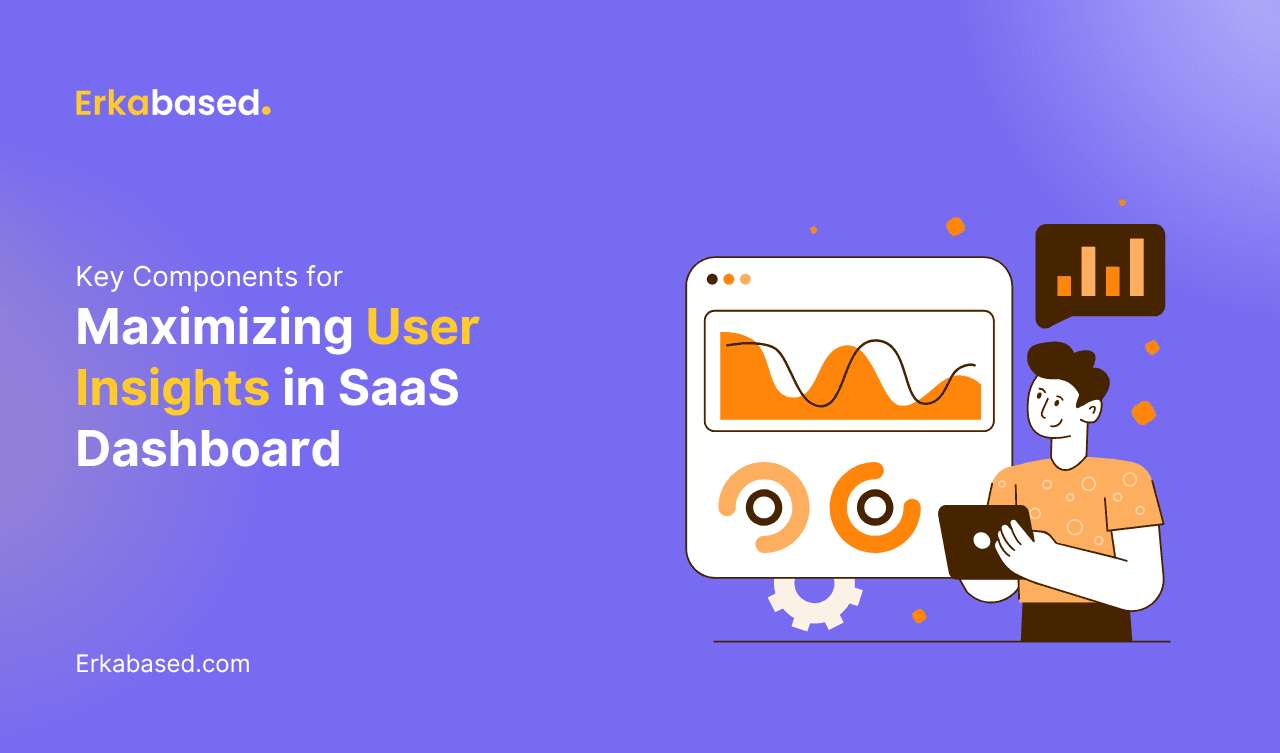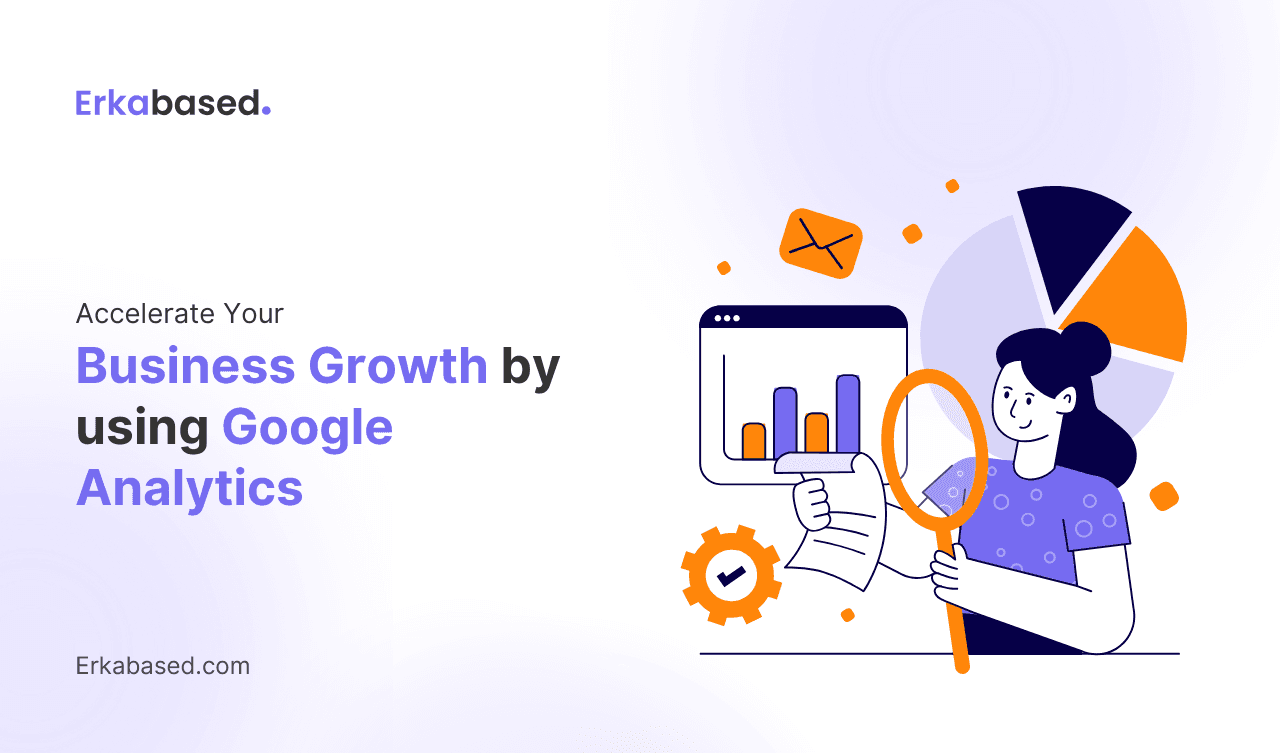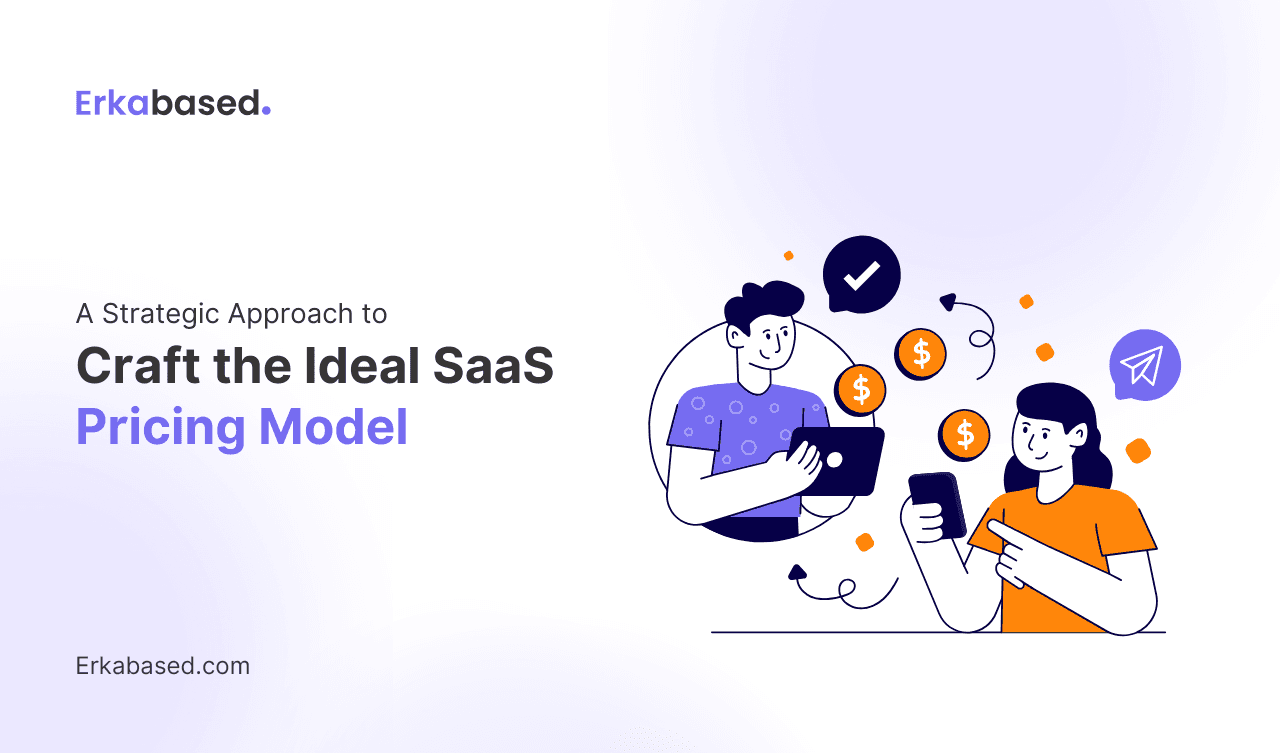Introduction
In today’s fast-paced digital environment, the demand for efficient and scalable web services has grown exponentially. For many years, REST (Representational State Transfer) has been the dominant architecture for building APIs, allowing different systems to communicate seamlessly. However, as the complexity of modern applications increases, developers and businesses are turning to GraphQL as a more flexible and powerful alternative.
Developed by Facebook in 2012 and made open-source in 2015, GraphQL has quickly gained traction as a revolutionary way to design APIs. It enables developers to request exactly the data they need, nothing more and nothing less. In this article, we’ll explore the core concepts of GraphQL, how it differs from REST, and why it’s a game-changer for businesses looking to build scalable, efficient, and robust web applications.
What is GraphQL?
At its core, GraphQL is a query language for APIs that allows clients to request specific data from a server in a more efficient and flexible manner. Instead of relying on multiple endpoints like REST, GraphQL operates on a single endpoint and uses structured queries to fetch the exact data required.
For example, in a RESTful API, if you want to retrieve user information and their associated posts, you might need to make two separate API calls to different endpoints. With GraphQL, a single query can request all of this data at once, with the server returning precisely what is needed in one response.
This efficiency makes GraphQL ideal for modern applications that require flexibility, scalability, and performance optimization. The advantages of this approach become more apparent when managing large and complex datasets or when dealing with front-end applications that need to minimize the number of network requests.
Key Differences Between GraphQL and REST
While both GraphQL and REST are widely used for building APIs, they have distinct architectural differences that make GraphQL particularly appealing for certain use cases. Let’s explore the primary differences:
Data Fetching
One of the biggest issues with REST is over-fetching or under-fetching data. REST endpoints are predefined, and the data returned from them is often fixed. If an endpoint provides more data than required, you’re over-fetching. If it provides less, you need to make additional requests.
GraphQL solves this problem by allowing clients to specify exactly what data they need in their query. This minimizes unnecessary data transfer, improving performance and reducing bandwidth usage—especially important for mobile apps and low-bandwidth environments.
Single Endpoint vs. Multiple Endpoints
In REST architecture, different resources have different endpoints (e.g., /users for user data, /posts for posts, etc.). Each endpoint serves specific data, and fetching related data often requires multiple API calls.
GraphQL operates with a single endpoint, typically /graphql, which handles all API requests. This simplifies API design and improves performance by reducing the number of network requests.
Client-Side Flexibility
With REST, developers are limited by the structure of the available endpoints. If an API doesn’t provide the exact data needed, developers either have to make multiple calls or request unnecessary information.
GraphQL gives developers more control and flexibility, allowing them to shape the request based on the application's current needs. This reduces the need for constant back-and-forth between front-end and back-end teams to create new endpoints or modify existing ones.
Real-Time Data
While REST can support real-time updates, it typically requires the use of workarounds such as polling or WebSockets, adding extra complexity to the system.
GraphQL has built-in support for real-time functionality through subscriptions. Subscriptions allow clients to receive updates when specific events occur, enabling real-time data synchronization between the client and server—ideal for live updates, messaging platforms, or stock market feeds.
Why GraphQL Is a Better Fit for Modern Applications
As digital products become more complex, businesses need solutions that can scale efficiently without sacrificing performance or user experience. GraphQL offers several key advantages that make it particularly well-suited for modern applications:
Improved Performance and Efficiency
By allowing clients to specify exactly what data they need, GraphQL reduces both over-fetching and under-fetching, improving performance. This is especially beneficial for mobile and web applications where minimizing the number of network requests and the amount of data transferred is critical.
GraphQL’s ability to consolidate multiple requests into a single query also enhances application performance by reducing latency and load times. This is particularly useful for applications with complex data relationships, such as e-commerce platforms, social media apps, and SaaS products.
Better Developer Experience
For developers, GraphQL offers a more intuitive and flexible API design. With a strongly-typed schema, developers can easily understand what data is available and how to query it. This schema-driven approach provides auto-generated documentation and built-in validation, reducing the risk of errors and speeding up the development process.
Additionally, GraphQL integrates well with popular development tools, offering support for real-time introspection, debugging, and testing, which helps streamline both development and maintenance.
Optimized for Front-End Development
GraphQL is particularly powerful for front-end developers. By providing full control over the structure of the requested data, GraphQL allows front-end teams to build more dynamic and responsive user interfaces. This eliminates the need for back-end teams to continually adjust the API to meet front-end requirements, making development more agile and reducing dependencies between teams.
Moreover, since GraphQL only returns the data that is explicitly requested, it ensures that the front-end is not overwhelmed with unnecessary information, leading to better performance on mobile devices and slower networks.
Easier API Versioning
One common challenge with REST APIs is versioning. As new features or updates are added, developers often need to maintain multiple versions of the API, which can be complex and costly.
GraphQL handles versioning differently. Instead of creating new API versions, GraphQL APIs can evolve by adding new fields to the schema without breaking existing functionality. This backward compatibility ensures that older clients continue to function while new features are added seamlessly.
Real-Time Capabilities with Subscriptions
In a world where real-time interactions are becoming increasingly important, GraphQL’s subscription model is a game-changer. Subscriptions allow applications to receive updates in real-time as data changes, ensuring that users are always presented with the latest information without needing to refresh or manually request updates.
For businesses that rely on real-time data, such as financial services, sports applications, or live collaboration tools, this capability can significantly enhance user engagement and satisfaction.
GraphQL Use Cases: Where It Shines
While GraphQL has clear advantages over REST, it’s important to recognize that not every project will benefit from this technology. GraphQL is particularly well-suited for certain types of applications:
Mobile Applications
Mobile apps typically have limited bandwidth and performance constraints. By reducing over-fetching and under-fetching, GraphQL ensures that mobile apps receive only the data they need, minimizing data usage and improving load times. This leads to faster and more responsive mobile applications, enhancing user experience.
Data-Heavy Applications
Applications with complex data relationships, such as social networks, e-commerce platforms, or SaaS products, benefit from GraphQL’s ability to handle multiple related queries in a single request. This makes it easier to fetch data from multiple sources and improves the overall efficiency of the application.
Real-Time Applications
For applications that require real-time updates—such as live chat platforms, collaborative tools, or stock trading platforms—GraphQL’s subscriptions provide an elegant solution for pushing data to clients as it changes, without the need for inefficient polling mechanisms.
Microservices Architectures
In systems that rely on microservices, GraphQL can act as a unifying layer that aggregates data from multiple services into a single query. This simplifies the client-side logic and reduces the number of API calls required, improving the overall architecture’s efficiency and scalability.
When to Choose GraphQL Over REST
While GraphQL offers several advantages, it’s not always the best fit for every project. Here are some scenarios where you might choose GraphQL over REST:
- Complex Data Requirements: If your application needs to fetch data from multiple sources or handle intricate relationships between data sets, GraphQL can simplify these operations and improve efficiency.
- Frequent API Changes: For businesses that need to iterate quickly and make frequent changes to their API, GraphQL’s ability to handle evolving schemas without versioning makes it a more adaptable solution.
- Performance Optimization: If performance is a top priority—especially for mobile or real-time applications—GraphQL’s ability to minimize network requests and reduce over-fetching is a clear advantage.
Conclusion
GraphQL has proven itself to be much more than just an alternative to REST—it’s a powerful tool for building scalable, flexible, and efficient APIs. Its ability to allow developers to request precise data, optimize network performance, and provide real-time capabilities makes it a strong contender for businesses looking to improve their digital products.
At Erkabased, we understand the unique needs of businesses looking to scale and improve their API infrastructure. Whether you’re considering migrating from REST to GraphQL or starting a new project from scratch, our team of experts is here to guide you every step of the way. Contact Erkabased today to learn more about how we can help you build cutting-edge solutions with GraphQL that drive growth and innovation.






